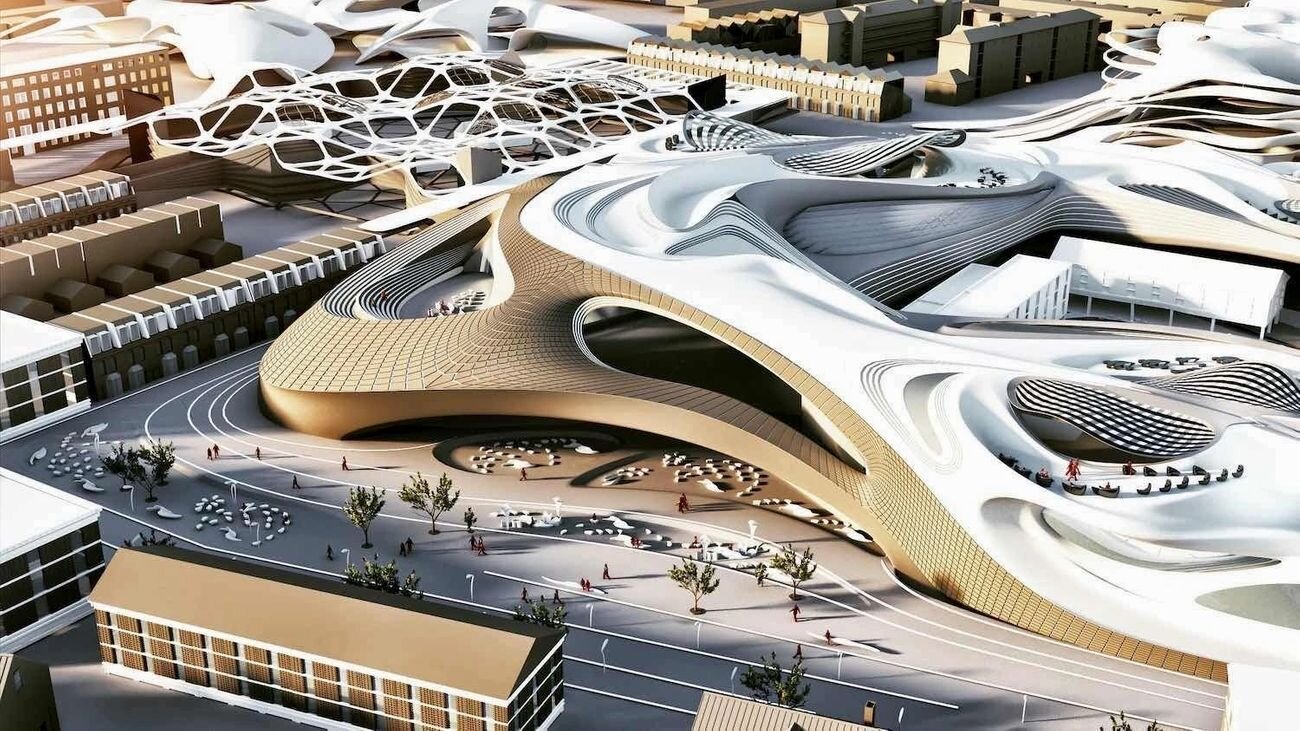VORTEXTURE
AADRL | Patrik Schumacher Studio
Studio Master
Patrik Schumacher
Course Tutor
Pierandrea Angius
Team
Madhuri Machchhi (India)
Miroslav Naskov (Bulgaria)
Qi Liu (China)
Xiangfan Chen (China)
PROJECT DESCRIPTION
Our attention with thesis is to create different and diverse kind of spaces. The typical sense is to free the building its from technical aspect and provide users with the horizon of event scenarios. Navigating between the idea of seasonal change, and comfort discomfort during the period. The exciting part of these architecture will now be that it could generate different environment rather than single one. And the identity of this workspace changes as the building changes with time, seasons, years. Thereby, offering multiple possibilities to the user in the same space. Envisioned as new high res working district Stoke Newington Campus, an approach based on phenomenology is applied to MMVW Vortexture to design a complexity across multiple scales. Due to its strategic location for future developments and high density of new office environments in the campus, the main driver for the proposal is to analyse the people fl ow traversing the area every day. Site analysis including studies of the traffic in this specific area as well as identifying the transportation nodes in the area have been done. Based on the results a computational physics simulation is chosen to simulate systems such as fluid flows. The fluid dynamics and vortex field become the medium used for the project and become the concept of a “flow of people”. Co-working is different from the way standard modernist buildings operate. The traditional typical modernism is the hierarchical relationship of division, classification, and division. Everyone is doing repetitive work and then throwing it aside. Co-working is a dynamic ecosystem. It is a network organization, a cooperative relationship, etc. It brings together all the company’s strengths. These two modes are very different. And the working environment does not need to have clear functional divisions and traffic flow lines like other buildings such as houses. It is more open, fluid and changeable. It makes the world work more efficiently and creates new value. Such buildings are ground-breaking.
PROJECT VIDEO















